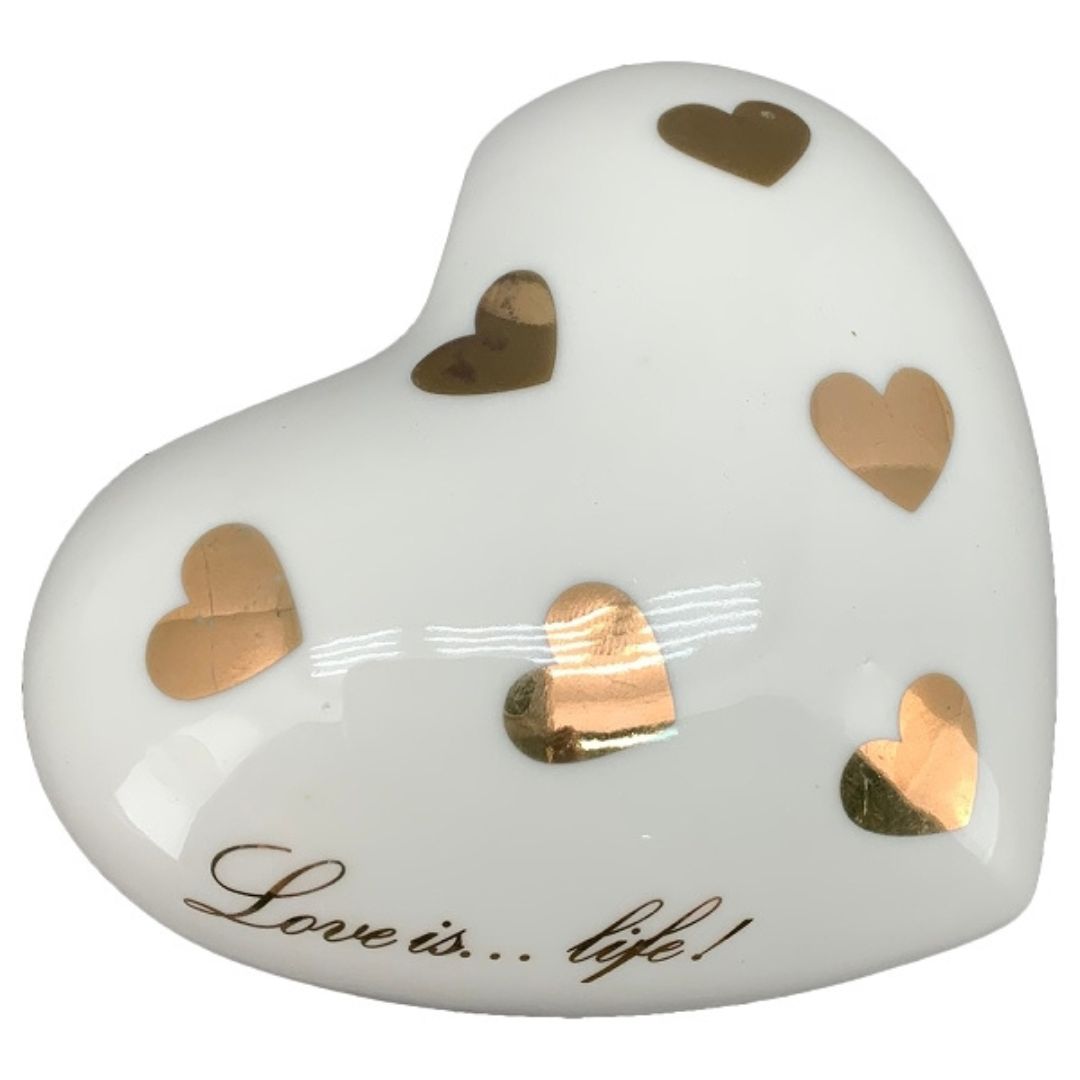
- Quick delivery and free return within 14 days
By visiting our site, you agree to our privacy policy regarding cookies, tracking statistics, etc. Read more

The textile sector, between environmental impact, consumption and pollution of water resources, use of raw materials and greenhouse gas emissions, is one of the most polluting. It is estimated that each European citizen creates an average of 11 kg of textile waste each year.
The word Fashion comes from the Latin word Modus, meaning measure, scale, manner, form, quantity, method. But this etymology does not help us much, in general we can distinguish two main categories to understand what fashion is: everything that is pertaining to clothing, or, that is pertaining to a logic-ideology, which of course, also assumes relevance in the field of clothing. Fashion acquires value in all those areas where the taste is fundamental by exerting an influence also on morality, on general changes in people’s life habits–according to Immanuel Kant: “All fashions are, according to their concept, changeable ways of living.” Therefore, the only real improvements in men’s lives and habits occur first in the moral realm and then by performing concrete actions. An object is fashionable only if it functions as an element of social distinction and is part of a system that replaces it relatively quickly with something new.
I start with a reflection…
When you buy an item of clothing at a price that even to you seems ridiculous, do you ever wonder who that derisory price affects? It does not always depend on the laws of the market:
+ production + consumption = less cost
What we pay little for is often because others are paying for it instead of us: primarily exploited workers (in some states, even children), corruption and non-compliance with international treaties, low labor costs in countries where basic workers’ rights are not yet enshrined, but also the poor quality of materials, in some cases harmful to health and the environment. Residues from the production cycle can leave harmful traces on clothing and objects made of cloth, leather etc. that should not be underestimated. The clothing items that are definitely the most dangerous to health are: jeans, t-shirts, underwear, and bedding for the home in particular. Therefore, those who have sensitive skin or know they are allergic, and in any case women and children, should avoid buying cheap products, because this in the long run will revert to physical health.
Clothing has so far been one of the most neglected sectors even by consumers, but toxic fashion can do a lot of damage to both those who produce it and those who wear it!
Therefore, pay attention to where and what you buy, learn to read labels, prefer tnatural exudes such as cotton and linen untreated and certified, always wash your garments and household linen before you use them and then you will be a protagonist of change, you will do the right thing and you will be really “hip”!
https://lighthouselocarno.ch/product/federa-decoro-in-lino-pesante-con-bottoni-agoya/
https://lighthouselocarno.ch/product/set-letto-matrimoniale-in-lino-con-pizzo-farnese/
https://lighthouselocarno.ch/product/set-bagno-viso-ospite-e-telo-in-spugna-con-pizzo-armonia/
Fashion first and foremost is a means of differentiating oneself from others, reinventing oneself; secondly, it is a means of representation, sharing and social mobility. It is used to create a certain look and to appear different not only from others but also from what you think you are. It is not only worn but must also be thought of, created produced, sold and promoted, the consumer therefore is not the only unchallenged protagonist, particular importance has thefashion industry, which throughout history has been at the center of the ideation and innovation processes. So here is where thetextile industry in recent years is compinedo important actions such as: ending the unsustainable throwaway model of Fast Fashion and encouraging sustainable Fashion with investment. You make the sector resilient to globalization shocks (through greater autonomy for industrial supply chains) while supporting a more sustainable post-pandemic recovery.
But there is still a long way to go, and if you care about your planet, the first step is yours to take!
https://lighthouselocarno.ch/product/test/
https://lighthouselocarno.ch/product/abito-in-lino-asian-air/
https://lighthouselocarno.ch/product/top-monospalla-in-lino/

The Compassionate Heart of Peach Fuzz 13-1023 Pantone color of the year 2024 Discover the deep meaning of Peach Fuzz 13-1023, a peach shade that

Christmas is a magical holiday that brings families and friends together all over the world. As we look forward to the arrival of Santa Claus
The products selected or hand-crafted by Michela Pagliuca, owner of LightHouse Locarno, will add a touch of elegance and style to your spaces, enhancing your guests’ experience and contributing to the creation of a welcoming and exclusive atmosphere.
